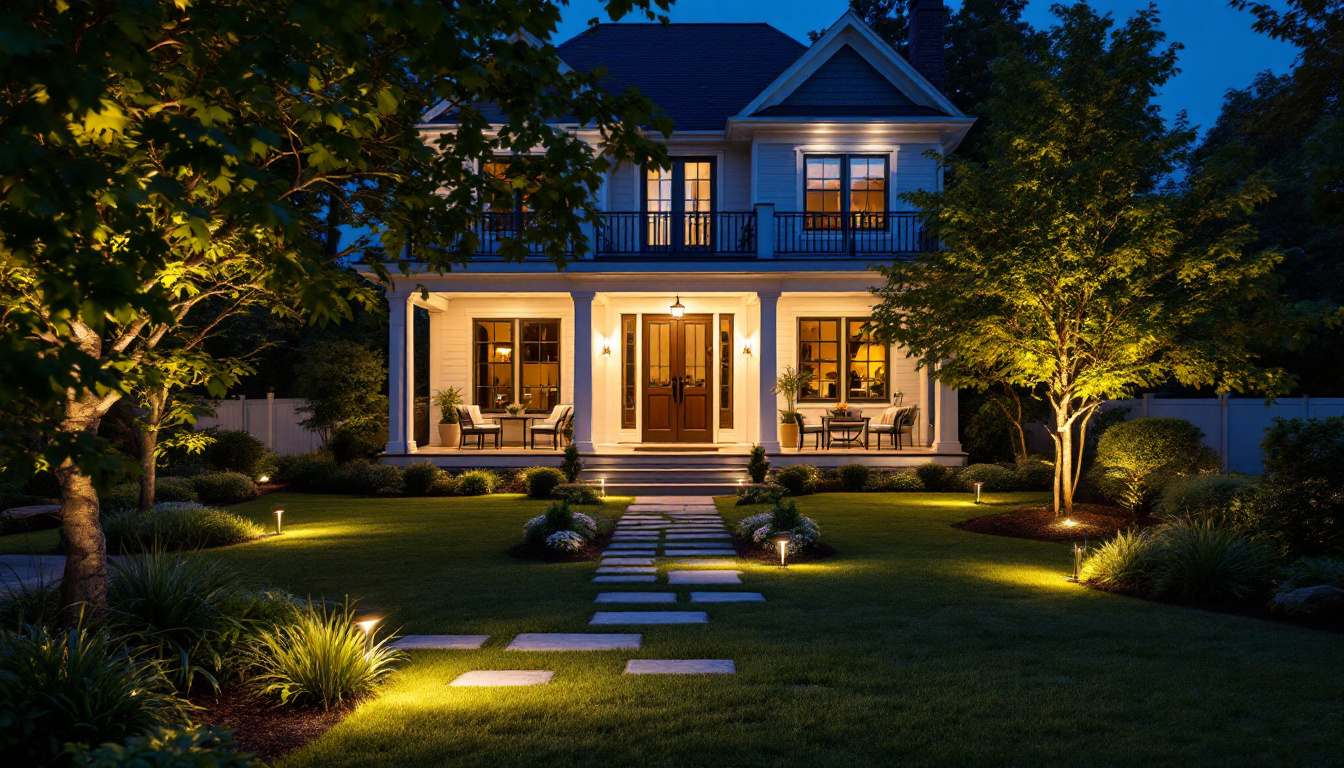
The evolution of lighting technology has been a fascinating journey, marked by innovation and creativity. For lighting contractors, understanding the history of the light bulb is not merely an academic exercise; it is essential for grasping the advancements that have shaped the industry. This article delves into the first prototypes of the light bulb and emphasizes the importance of staying updated in a rapidly changing field.
The quest for electric lighting began long before the modern light bulb became a household item. Early inventors experimented with various concepts, seeking to harness electricity to produce light. These early prototypes laid the groundwork for what would eventually become the incandescent light bulb.
Before the invention of the light bulb as it is known today, various forms of electric lighting were explored. From arc lamps to glow lamps, these early solutions demonstrated the potential of electricity as a source of illumination. However, they often faced challenges such as high energy consumption and limited practicality.
One of the most notable early experiments involved the use of carbon arcs, which produced a bright light but required significant power and maintenance. While these arc lamps were effective in industrial settings, they were not suitable for residential use, highlighting the need for a more efficient and user-friendly solution.
In addition to carbon arcs, inventors also experimented with other forms of electric lighting, including the fascinating invention of the gas discharge lamp. This type of lamp utilized low-pressure gas to produce light, and while it was more efficient than its predecessors, it still lacked the reliability and convenience that consumers desired. The limitations of these early electric lighting systems spurred further innovation, leading to a race among inventors to create a more practical and accessible form of electric light.
The breakthrough in light bulb technology came with the development of the filament. Early inventors experimented with various materials, including carbonized paper and bamboo, to create a filament that could withstand high temperatures without burning out quickly. This innovation was crucial for the practicality of electric lighting.
The choice of filament material directly impacted the efficiency and longevity of the light bulb. As the search for the ideal filament continued, inventors began to refine their designs, leading to significant advancements in the field. This period of experimentation set the stage for the eventual commercialization of the light bulb.
One of the most significant advancements in filament technology was Thomas Edison’s introduction of the carbon filament bulb in 1879. Edison’s design not only improved the durability of the filament but also made electric lighting more accessible to the general public. His extensive testing and development process led to a bulb that could last over 1,200 hours, a remarkable feat at the time. This innovation not only revolutionized the lighting industry but also changed the way people lived and worked, allowing for longer hours of productivity and leisure after sunset. The success of Edison’s bulb paved the way for the widespread adoption of electric lighting, fundamentally altering the landscape of urban and rural environments alike.
While many inventors contributed to the development of electric lighting, Thomas Edison is often credited with creating the first commercially viable incandescent light bulb. His work not only revolutionized lighting but also transformed how people lived and worked.
Edison’s approach to the light bulb involved meticulous experimentation with different filament materials and designs. He discovered that a carbon filament could last longer than previous materials, making it a practical choice for everyday use. This innovation was pivotal in making electric lighting accessible to the general public.
Moreover, Edison’s development of a complete electrical system, which included generators and wiring, facilitated the widespread adoption of electric lighting. His vision extended beyond just the bulb; he aimed to create an entire infrastructure that would support and promote electric lighting in homes and businesses. This comprehensive approach ensured that the light bulb could be seamlessly integrated into daily life, paving the way for the modern electrical grid that we rely on today.
The introduction of Edison’s incandescent light bulb marked a turning point in history. It not only illuminated homes but also extended productive hours for businesses and industries. The ability to work and socialize after dark changed societal norms and contributed to economic growth. Families could gather in well-lit living rooms, fostering a new culture of leisure and entertainment that had previously been limited by the setting sun.
As the incandescent bulb gained popularity, it also sparked competition among inventors and companies, leading to further innovations in lighting technology. This competitive landscape fostered an environment ripe for advancements, ultimately benefiting consumers and lighting contractors alike. The race to improve upon Edison’s design led to the development of more efficient bulbs, such as the fluorescent and LED lights we use today, which consume significantly less energy and have a longer lifespan. The evolution of lighting technology has not only enhanced our quality of life but has also played a crucial role in addressing energy consumption and environmental concerns in the modern age.
Since the advent of the incandescent bulb, lighting technology has continued to evolve. Each new generation of lighting has brought about improvements in energy efficiency, longevity, and environmental impact. For lighting contractors, staying informed about these developments is crucial for providing the best solutions to clients.
The introduction of fluorescent bulbs represented a significant shift in lighting technology. These bulbs use a different mechanism to produce light, resulting in greater energy efficiency compared to traditional incandescent bulbs. Fluorescent lighting became popular in commercial settings due to its cost-effectiveness and longer lifespan. Additionally, the variety of colors and sizes available allowed businesses to tailor their lighting to specific needs, enhancing both aesthetics and functionality.
Halogen bulbs, a type of incandescent bulb, also emerged as a popular choice. They provide a brighter light and have a longer lifespan than standard incandescent bulbs. Their compact design allows for versatile applications, making them a favorite among lighting contractors for various projects. Furthermore, halogen bulbs have a unique ability to render colors more accurately, which is particularly beneficial in retail environments where product presentation is key. This feature has made them a staple in display lighting and art galleries, where the true colors of items need to be showcased effectively.
The most significant advancement in lighting technology has undoubtedly been the development of LED (Light Emitting Diode) technology. LEDs are incredibly energy-efficient, have an exceptionally long lifespan, and produce less heat than traditional bulbs. This has made them the preferred choice for both residential and commercial lighting applications. Moreover, the ability to dim LEDs and control their brightness through smart technology has opened up new avenues for energy management and user customization, allowing homeowners and businesses alike to create the perfect ambiance for any occasion.
For lighting contractors, understanding LED technology is essential. The versatility of LEDs allows for creative lighting designs, from accent lighting to full-scale installations. Moreover, as energy efficiency becomes increasingly important, clients are more likely to seek out LED solutions, making it imperative for contractors to stay updated on the latest advancements in this area. The rise of smart lighting systems, which integrate LED technology with IoT (Internet of Things) capabilities, is also reshaping the landscape of lighting design. These systems enable users to control their lighting remotely, schedule lighting patterns, and even adjust color temperatures to match their daily routines, making them an attractive option for tech-savvy clients looking to enhance their living or working environments.
The lighting industry is continuously evolving, driven by technological advancements and changing consumer preferences. For lighting contractors, staying updated on the latest developments is not just beneficial; it is essential for maintaining a competitive edge.
As new technologies emerge, market trends shift. Clients are increasingly seeking energy-efficient and sustainable solutions, and lighting contractors must be prepared to meet these demands. By staying informed about the latest products and technologies, contractors can offer clients innovative solutions that align with their values and needs.
Moreover, understanding market trends allows contractors to anticipate changes in consumer preferences. This proactive approach can lead to new business opportunities and help contractors position themselves as industry leaders.
Knowledge is power in the lighting industry. By staying updated on the latest technologies and trends, contractors can provide valuable insights to clients, enhancing their relationships. Clients appreciate working with knowledgeable professionals who can guide them in making informed decisions about their lighting needs.
Furthermore, being well-versed in the latest advancements allows contractors to address any concerns clients may have about energy efficiency, sustainability, and cost-effectiveness. This level of expertise fosters trust and can lead to repeat business and referrals.
The journey of the light bulb from its early prototypes to modern innovations is a testament to human ingenuity and the relentless pursuit of improvement. For lighting contractors, understanding this history is crucial for navigating the complexities of the industry and providing clients with the best solutions.
As the lighting industry continues to evolve, staying updated on the latest technologies and trends will be essential for success. Embracing advancements such as LED technology and understanding market demands will empower contractors to thrive in a competitive landscape.
Ultimately, the future of lighting holds great promise. By remaining informed and adaptable, lighting contractors can not only meet the needs of their clients but also contribute to a more sustainable and efficient future. The legacy of the light bulb is just the beginning; the possibilities for innovation and improvement are limitless.
As you embrace the future of lighting and the innovations that continue to transform the industry, choose LumenWholesale for all your lighting needs. We provide lighting contractors with spec-grade lighting products that combine quality and affordability, ensuring every project shines without straining your budget. Our direct-to-contractor approach means you enjoy wholesale prices without the middleman markups, and our commitment to excellence guarantees lighting solutions that meet the highest industry standards. With free shipping on bulk orders, LumenWholesale is your go-to source for premium lighting at the best value. Explore our selection today and light up your projects with confidence.

Discover essential tips and best practices for lighting contractors working with flicker light bulbs.

Discover how lighting contractors can enhance their services and boost their business by installing light posts for yards.

Explore the advantages and challenges of solar LED technology for lighting contractors.

Discover the essential compliance guidelines and insights that lighting contractors need to know about LED corn lamps.